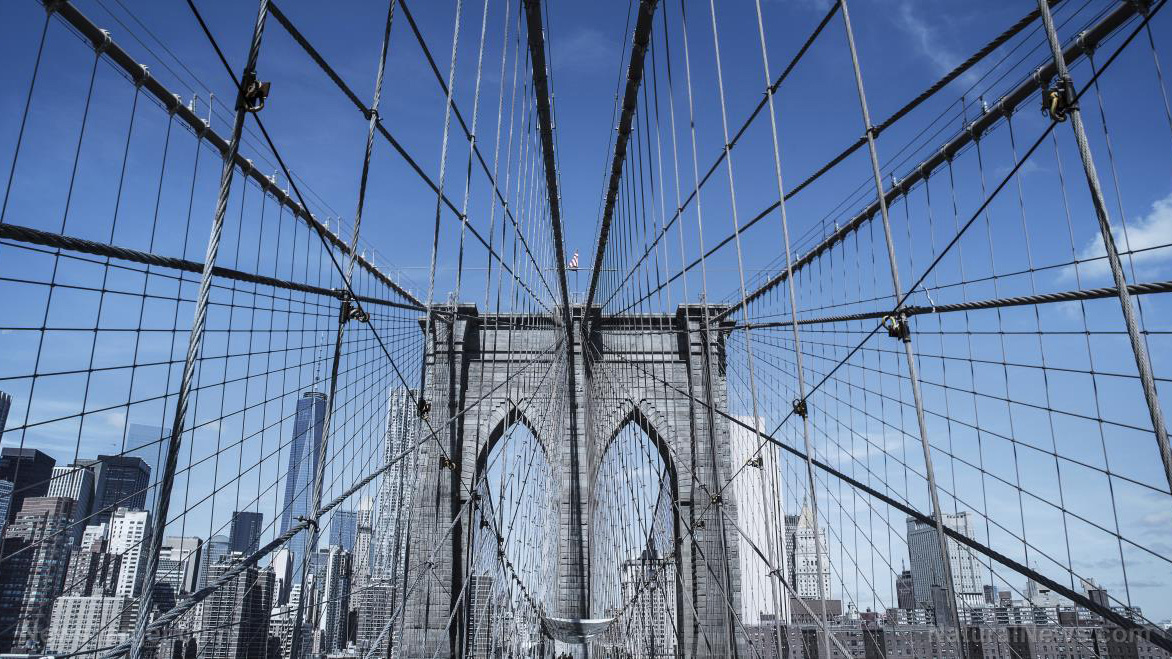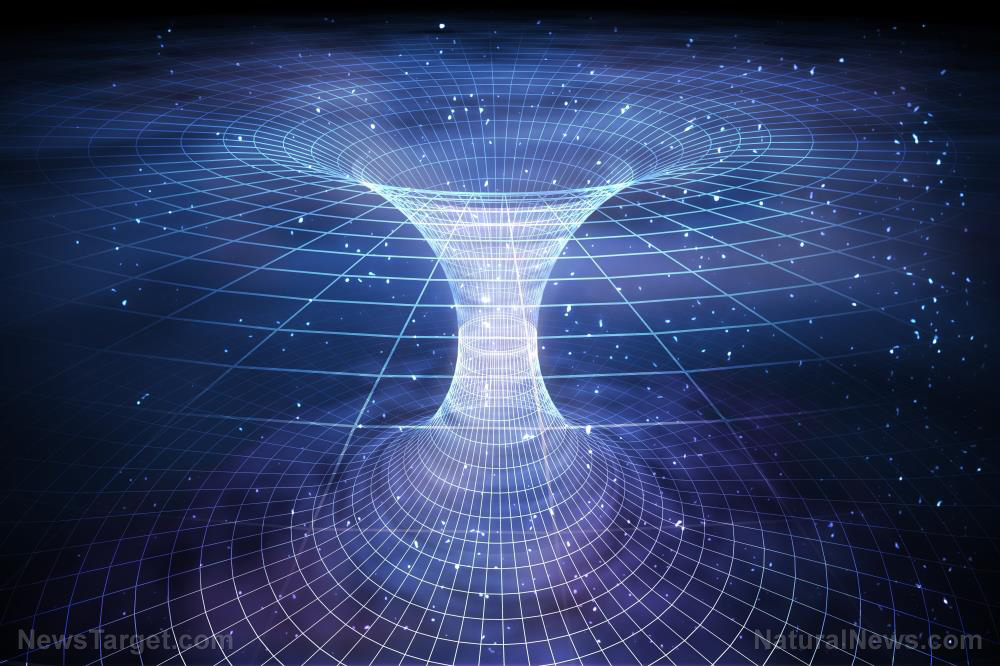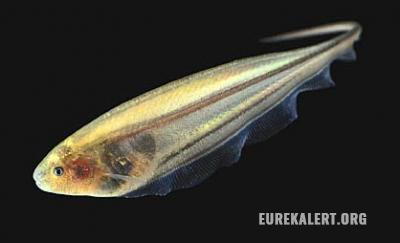A sight to behold: What are green flashes?
04/05/2019 / By Edsel Cook

Superstitious pirates (the real historical ones, not the ones in movies featuring Johnny Depp) believe that the “green flash” signals the return of a dead soul to the world of the living. The fleeting atmospheric phenomenon has a scientific explanation, but that doesn’t take away its eerie beauty.
A green flash is an event where the sun shifts color from red-orange to green and back within a blink of the eye. While it can take place during sunrise and sunset, it is more often seen during the latter.
During those two periods, the light from the sun passes through a larger portion of the Earth’s atmosphere than usual. As a result, the air acts like a prism, refracting (that is to say, bending) sunlight until the light splits into different colors.
The wavelength of a color determines the strength of its refraction. The longer the wavelength, the stronger it bends. The very short blue and violet light get scattered throughout the atmosphere, while the much longer red, orange, and yellow light are absorbed.
Thus, green light becomes the dominant color until the sun completely disappears or rises from the horizon. This is the truth behind the green flash. (Related: Evaluating how human rhythms are affected by light, darkness, and the clock.)
The four different types of green flashes
Green flashes can be divided into four groups. Inferior mirages and mock mirages comprise almost all of the known instances of a flash. The sparse remainder is either subduct flashes or green rays.
An inferior mirage flash appears to be flat and shaped like a coin. Like its partial namesake the mirage, it takes place at sea level, where the air above the water is cooler than the liquid itself.
Its opposite number, the mock-mirage flash, is found at a higher altitude in the sky. Caused by colder seawater and warmer air, it looks like a slender strip that is being cut out from the sun.
The much rarer subduct flash takes place during an atmospheric inversion, when a layer of warm air keeps cooler air and moisture close to the surface. It causes the Sun to take the appearance of an hourglass, and the upper part of the shape turns green for up to 15 seconds.
Last, but definitely not least, is the green ray. The rarest among the green flashes, it is also the most straightforward and startling. A green ray requires hazy air and a very bright version of any of the other three flashes. If these fickle conditions are met, the existing green flash will shoot a beam of emerald light right as the Sun sinks below the horizon.
The ocean, desert, or prairie are the best places for green flash watching
If you live in a place that has unpolluted air and an unrestricted view of the horizon, you have a better chance than most people at spotting a green flash. The ocean, a desert, or a prairie are the best places to wait for this impressive event.
Green flashes are especially prevalent at sea. A larger portion of the atmosphere can be seen from the deck of a ship and the horizon is practically parallel to an observer’s line of sight. During the Age of Sail, the atmosphere would have been far cleaner, which could explain why so many sailors (including pirates) reported seeing lots of flashes.
If you are lucky, you might spot a double green flash, getting two for the price of one. And if you somehow find yourself in Antarctic waters like Admiral Richard Byrd during 1929, you could bear witness to a “green sun” that lasts for half an hour.
Sources include:
Tagged Under: atmospheric science, green flashes, ocean environment, science, sunrise and sunset, sunset, sunset patterns, Unexplained, weird science



















